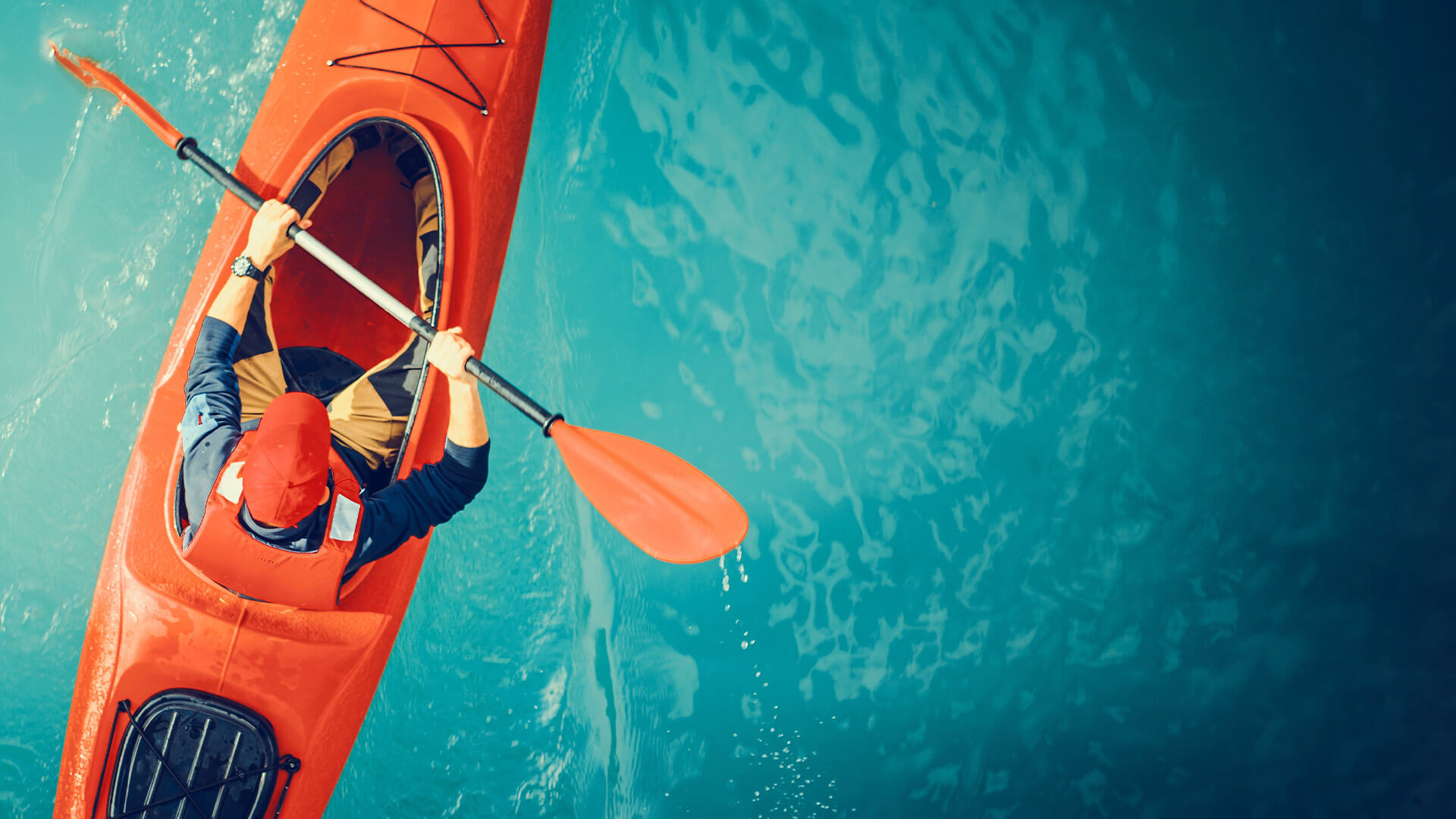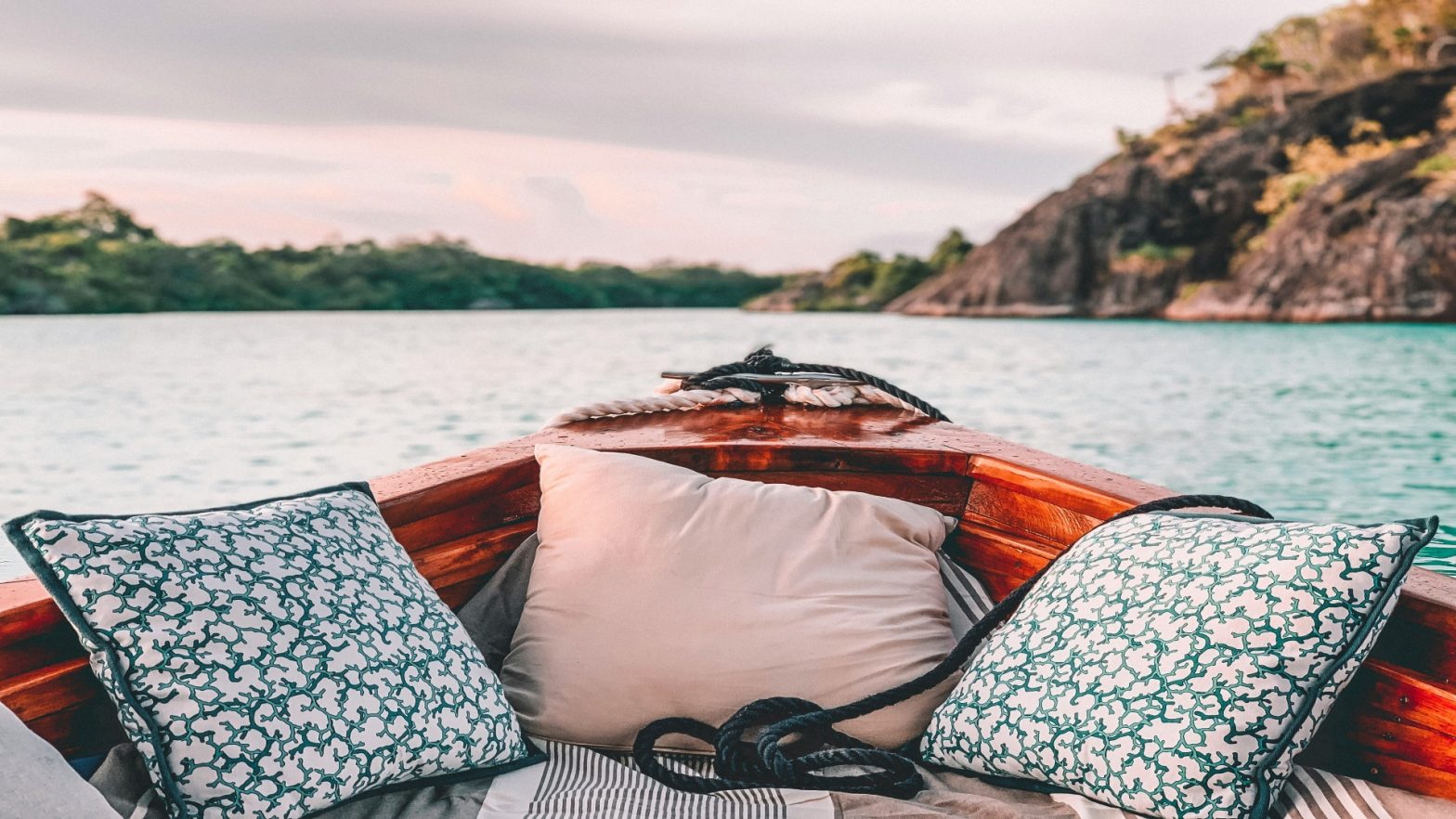
In the world of exciting recreational activities, Kayaking definitely must be amongst the top 10 activities. While it may seem dangerous, Kayaking is an extremely exciting and fun activity to get a refreshing breather out on the water. The duck’s-eye view allows you to intake the surreal beauty of your surroundings while you spend your leisure time.
In the beginning, kayaking can be a complex skill to get your grip on due to the significance of balance between the person, paddle, and the boat followed by timely strokes.
However, if you’re a beginner, we have prepared a detailed guide for you to encompass yourself with the basic and necessary knowledge required to start your journey in strengthening your kayaking skills.
Types of Kayaks
Before we dive into the operational details of kayaking, you first need to identify different types of kayaks that will accompany you on your adventures. In order to ensure your safety and experience a smooth sailing outing, you need to pick the right type of kayak to suit your needs.
1. Sit-On-Top Kayaks
For beginners initiating their journey in kayaking, sit-on-top kayaks tend to be the easiest and most comforting type of kayaks. Due to the ease of navigating in-and-out of the kayaks, you are unlikely to feel trapped which therefore helps in maintaining your balance.
2. Sit-Inside Kayaks
If you want to experience a professional feel when you’re out kayaking, the “cockpits” in the sit-inside kayaks might help you achieve that feeling. For beginners, a cockpit layout can be a tad bit confining, but they are recommended to be used if you are planning for long-distance paddling.
Basic Types of Paddle Strokes
Moving on to the most essential aspect of kayaking, the art of paddling. Paddling is a basic requirement in kayaking that allows you to maintain control of yourself and your kayak when you are out in the water.
Since paddling techniques can be overwhelming in the beginning, let’s go over the most common paddle strokes in order to familiarize you with the techniques.
1. Forward Stroke
You need to submerge either end of the paddle in the water by your toes and propel the kayak forward by pulling the paddle toward your hips. If you continue this sequence of movements for both sides of the kayak, you will move your kayak forward.
2. Reverse Stroke
Just like the forward stroke, you place an end of the paddle in the water but this time you need to place it towards the back of the kayak and propel the paddle forward toward your toes. Following this sequence for either side will move your kayak backward.
3. Sweep Stroke
In order to turn your kayak, you need sweep strokes.
To turn forward, you need to place either end of the paddle in the water by your toes and propel the paddle in a half-moon arc towards the stern of the kayak.
Similarly, to turn backward, you need to place an end of the paddle in the water by the stern and propel the paddle in a half-moon arc towards the bow of your kayak.
How do you ensure Kayak Maintenance?
Kayaking, as a recreational activity, can be extremely fun and enjoyable. However, it also comes with the responsibility of maintaining the health of your gears. Since kayaking is preferably a summer-time recreational activity, you need to preserve your kayaks well during the off-season.
Considering the volume of an average kayak, storing it indoors can be a difficult task if you do not have the liberty of enough space at home. This is why you might want to explore the options of a kayak garage storage system that consists of a kayak hoist to mount your kayak or canoe on the ceiling. Due to the lack of storage availability indoors, an optimization tool of such type can come in handy to help you preserve your boat.
Rules for Safe Kayaking
While rules of kayaking can be extremely detailed and subjective, let’s go over some of the most common things to keep in mind if you are a beginner.
- Start by picking a small pond or lake with no unnatural waves to experience a calm environment and practice your paddling skills.
- If you’re kayaking alone or with a group, always launch your kayak from a shore that is easily visible and accessible for others to reach out for help in case of an emergency.
- Plan your trips strategically after rechecking weather forecasts for a sunny day to ensure you do not encounter rain or high winds that might create interruptions in your kayaking experience.
Kayaking, undoubtedly, is a fun recreational activity and a challenging sport as well. However, it consists of a fair share of hazards if you are not too careful. We hope that this guide would have given you a better understanding of how important it is to plan and ensure that you are well-equipped for the challenges that can arise during your kayaking experience.











































